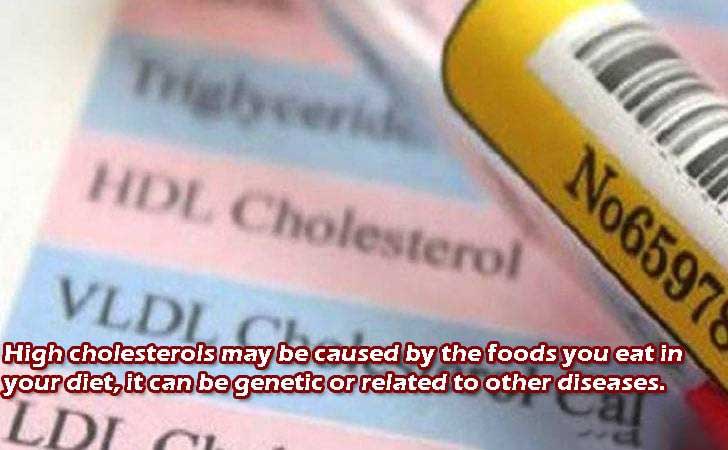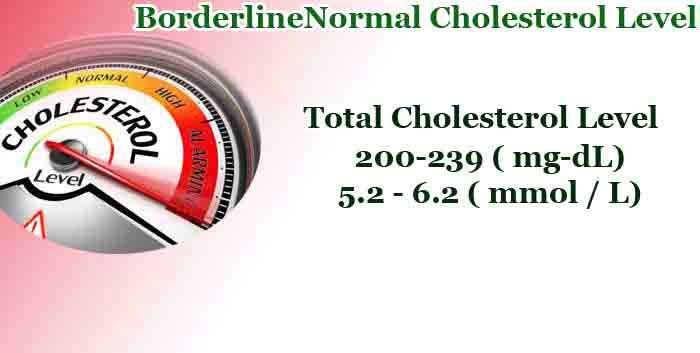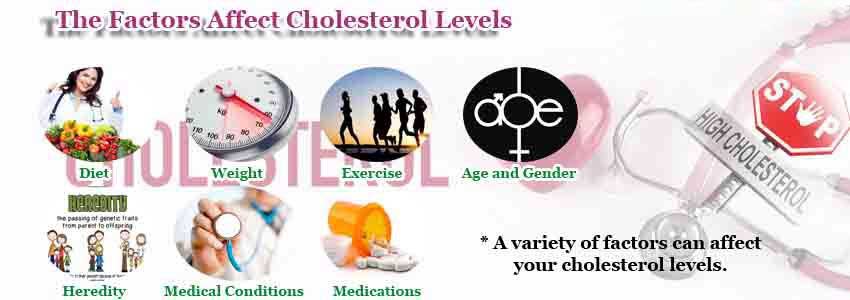What is High Cholesterol?
Cholesterol is essential for the formation of bile acids, which allow you to be able to digest fats. Cholesterol is also utilized by the body to produce cell membranes.
Everybody needs to have some cholesterol to be healthy, however, it is when you have too much cholesterol that problems occur.
When you have too much cholesterol medical professionals will say you are hypercholesterolemic, meaning that you have hypercholesterolemia or too high of blood cholesterol.
High blood cholesterol is a major risk factor for coronary heart disease and stroke.
Cholesterol Transporters
It is transported through your bloodstream by lipoproteins. There are two different types of lipoproteins: LDL or low-density lipoproteins and HDL or high-density lipoprotein.
LDL: LDL is known as your “bad cholesterol.” When you have too much LDL circulating in your blood it can build up the inner walls of your heart arteries.
Over time this forms plaque. Plaque narrows your arteries and puts you at an increased risk of having a heart attack or a stroke.
HDL: HDL is known as the “good cholesterol.” High levels of HDL have been shown to protect against heart attack. Low levels of HDL, however, can increase the risk of heart attack or stroke.

What Causes High Cholesterol?
High cholesterols may be caused by the foods you eat in your diet, it can be genetic or related to other diseases.
Raised LDL levels can run in families. If inherited LDL levels are very high, this is called Familial Hypercholesterolemia. It is also connected with diseases such as chronic renal failure, an underactive thyroid, alcohol abuse, and diabetes.
Following the principles of healthy eating can help to improve LDL levels. Diet The liver makes most of the cholesterol needed by the body but cholesterol is also absorbed from many foods we eat.
Eating foods high in dietary LDL such as eggs, shellfish and offal has very little effect on your body’s cholesterol. The foods that are of greater concern are those high in saturated fat and trans fat.
These fats can raise your levels of LDL (bad) high LDL and thus increase your risk of heart disease and stroke. Whereas, unsaturated fats can help to improve levels and reduce your risk of heart disease and stroke.
Bad Fats Saturated Fats Foods high in saturated fat should be consumed in small amounts. Reducing your intake of saturated fat is an effective way of lowering your LDL (bad) LDL.
Foods high in saturated and trans fat increase high LDL levels. Saturated and trans fats are found mainly in:
- Fatty meats.
- Full cream dairy products (e.g. milk, cream, cheese, and butter).
- Deep-fried take-away foods.
- Baked products (e.g. biscuits and pastries). You should limit the amount of foods you eat that contain saturated and trans fats.

Tips To Improve Your LDL
- Stop smoking.
- Limit animal fats. (e.g. butter, cream, cheese, fried foods)
- Eat more fiber. (e.g. fruit, vegetables, cereals, baked beans)
- Eat more fish.
- Drink less alcohol. (grog)
- Maintain a healthy weight.
- Increase physical activity – aim for 30 minutes or more of moderate-intensity physical activity every day of the week.
- Take your medicine every day as directed by your doctor – medication can help reduce your cholesterol if it’s too high.
Factors Affect Cholesterol Levels
A variety of factors can affect your cholesterol levels. They include:
Weight
In addition to being a risk factor for heart disease, being overweight can also increase your cholesterol. Losing weight can help lower your LDL, total cholesterol levels, and triglyceride levels, as well as raise your HDL.
Exercise
Regular exercise can lower LDL cholesterol and raise HDL cholesterol. You should try to be physically active for 30 minutes on most days.
Age and Gender
As we get older, cholesterol levels rise. Before menopause, women tend to have lower total cholesterol levels than men of the same age. After menopause, however, women’s LDL levels tend to rise.
Heredity
Your genes partly determine how much cholesterol your body makes. High blood cholesterol can run in families.
Medical Conditions
Occasionally a medical condition may cause an elevation of cholesterol levels in the blood. These include hypothyroidism (an underactive thyroid gland), liver disease, and kidney disease.
Medications
Some medicines, like steroids and progestins, may increase the “bad” cholesterol and decrease the “good” cholesterol.

What Can I Do To Reduce My Cholesterol Level?
If you have a low cardiovascular risk you may be initially advised to try and get your LDL down yourself over some time. A healthy diet can help to reduce your cholesterol.
- Reduce your total fat intake – limiting the number of calories you take in that come from any fat can have a beneficial effect but it is important to consider the types of fat you eat.
- Reduce your intake of saturated fats and trans fats – these increase LDL-cholesterol and therefore increase your cardiovascular risk.
- Increase your intake of unsaturated fats – these increase HDL-cholesterol and help to reduce LDL-cholesterol, therefore reducing your cardiovascular risk.
Which Foods Contain These Different Types Of Fats?
- Saturated fats are mainly found in animal sources, such as butter, full-fat dairy, and the fat on meat. Choose lower-fat options of these, and remove the fat where possible, for example, use low-fat spreads and take the skin off chicken.
- Trans fats are found mainly in processed foods. Reduce your intake of foods like biscuits, cakes, and pastries. Replace with healthier options such as fruit or unsalted popcorn.
- Unsaturated fats are mostly found in plant sources and fish (for example olive oil, nuts and seeds, and oily fish such as salmon).
- High levels of triglycerides [trahy-GLIS-uh-rahyd s]. Triglyceride is the most common type of fat in your blood. Studies show that many people who have heart disease have high triglyceride levels. High triglyceride levels, combined with low HDL or high LDL cholesterol, seem to speed up atherosclerosis.
Food Choices That Can Help Lower Your LDL
Milk & Alternatives
- Choose lower-fat milk. (such as skim or 1%) and milk products (such as low-fat yogourt)
- Choose low-fat milk alternatives such as soy- or rice-based products.
Grains & Starches
- Choose whole grains.
- Choose high-fiber grains, especially those with soluble fiber. (such as barley, brown rice, multigrain pasta)
- Choose low-glycemic index foods fruits.
- Choose whole and unprocessed fruit for more fiber.
Vegetables
- Choose a variety of colors.
- Choose high-fiber vegetables.
- Choose fresh vegetables, if possible.
Meat & Alternatives
- Choose at least two meals per week of fatty fish. (such as salmon, trout, sardines)
- Choose plant protein more often. (such as tofu, legumes, lentils)
- Choose lean meats, trim visible fat, remove skin from poultry.
- Choose lower-fat cheese (less than 20%) milk fat.
What Sort Of Foods Are Healthy Choices?
Lowering your LDL level by eating healthy foods low in fat is easier than you might think. It mostly takes a bit of common sense and a real interest in improving your health.
You don’t have to quit eating your favorite foods, although you might need to eat them less often or sometimes replace them with healthier choices.
Foods low in total carbohydrates, and saturated and trans-fatty acids, but high in complex carbohydrates, protein, and mono- and polyunsaturated fat can help you lose weight.
Eat Less Of These Foods
- Sausage, organ meats. (like liver)
- Whole milk.
- Ice cream.
- Egg yolks.
- Buttered or fried vegetables.
- French fries.
- Creamed soups.
Saturated Fats
- Cheesecake.
- Pastries, doughnuts.
- Potato chips.
- Refined carbohydrates and sugar.
- Eggs and Bacon.
- Butter, coconut oil, palm oil, lard, bacon fat.
